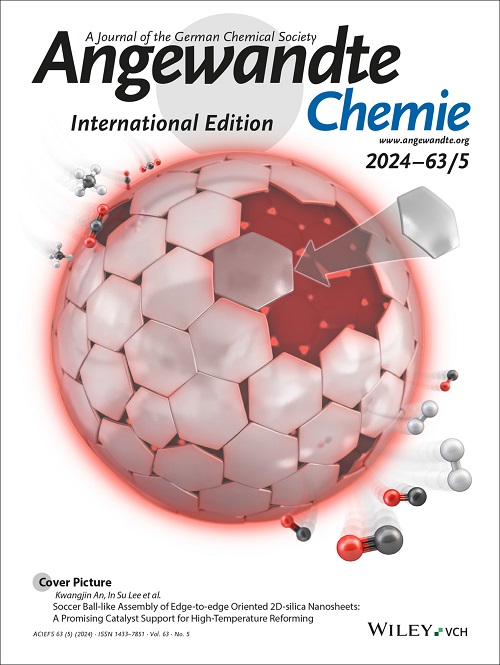Electric field‐induced fast Li‐ion channels in ionic plastic crystal electrolytes for all‐solid‐state batteries
IF 16.1
1区 化学
Q1 CHEMISTRY, MULTIDISCIPLINARY
引用次数: 0
Abstract
The practical use of all‐solid‐state batteries (ASSBs) is hindered by the intractable electrolyte/electrode interfacial resistance and discontinuous ion transport networks within electrodes. Ionic plastic crystals offer a potential solution to these challenges due to their melt permeable properties to the electrodes. However, their limited ionic conductivity restricts their application. Here, we propose a design principle for solid‐state electrolytes based on an electric field‐induced strategy by using ionic plastic crystals with low self‐migrating and high conductivity towards target ions. Through the external potential difference, an ordered internal electric field is generated within the ionic plastic crystal based solid‐state electrolytes (IPCEs), which mitigates the coordination limitations of anions on target ions to facilitate rapid ion conduction. The prepared IPCE demonstrates high ionic conductivity (1.08×10‐3 S cm‐1 at 25 °C) and a Li+ transfer number (0.77), enabling the application of ASSBs over a wide temperature range (from 0 °C to 60 °C). Furthermore, the assembled Li||LiNi0.8Co0.1Mn0.1O2 ASSBs exhibit stable cycling, maintaining 97.5% capacity retention after 500 cycles at 25 °C. This work provides a fresh perspective on the practical application of ASSBs, highlighting the potential of IPCEs in enhancing battery performance.求助全文
约1分钟内获得全文
求助全文
来源期刊
CiteScore
26.60
自引率
6.60%
发文量
3549
审稿时长
1.5 months
期刊介绍:
Angewandte Chemie, a journal of the German Chemical Society (GDCh), maintains a leading position among scholarly journals in general chemistry with an impressive Impact Factor of 16.6 (2022 Journal Citation Reports, Clarivate, 2023). Published weekly in a reader-friendly format, it features new articles almost every day. Established in 1887, Angewandte Chemie is a prominent chemistry journal, offering a dynamic blend of Review-type articles, Highlights, Communications, and Research Articles on a weekly basis, making it unique in the field.

 求助内容:
求助内容: 应助结果提醒方式:
应助结果提醒方式:


